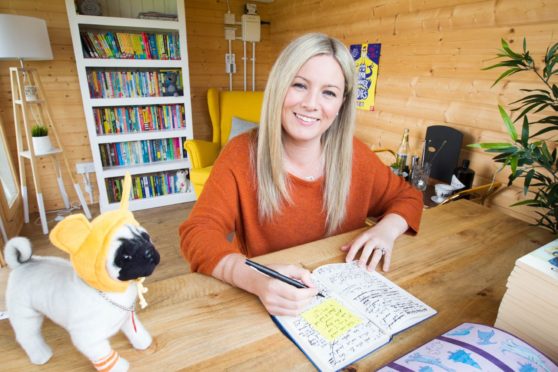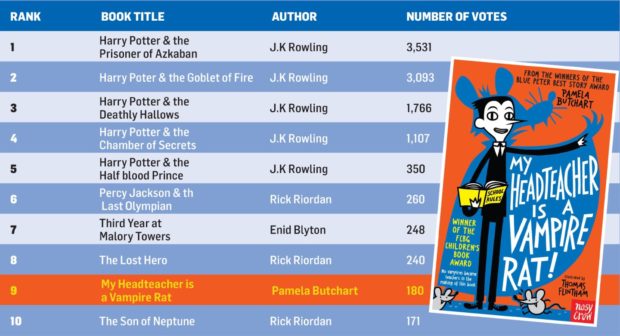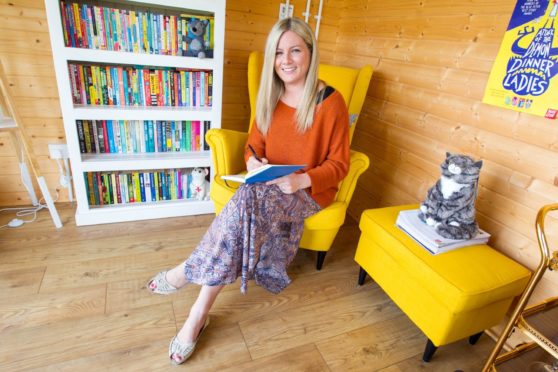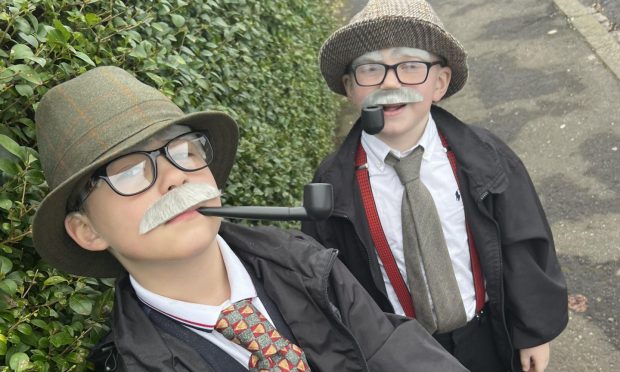A children’s book written by a Dundee author and teacher has inspired young children to improve their reading skills during lockdown, according to a new study.
Pamela Butchart, award-winning author and Harris Academy teacher, was named as one of the top authors in the annual What Kids Are Reading report, analysed by Dundee University Professor Keith Topping.
Her book My Headteacher is a Vampire Rat was voted ninth in the favourite books within primary schools during lockdown category.
The report, by Renaissance Learning, showed Scottish children enjoyed challenging themselves to read new books despite learning being disrupted by months of school closures.
It assessed the reading levels of more than 1.1 million school children across the UK, including 46,722 Scottish pupils.
Scottish children also improved on their reading skills and there was also a marked uplift in their reading enjoyment during lockdown, according to the survey.
The report also found that three in five children across the UK said reading made them feel better during lockdown, while 32% said it helped them when they felt sad because they could not see their friends and family.
Pamela, a Dundee graduate who was also awarded an honorary degree from the university in recognition of her literary achievements, said she was delighted to have her book featured.
She said: “It is wonderful to see that so many children have been choosing to read for pleasure during the lockdown period and I’m delighted to discover that ‘My Head Teacher is A Vampire Rat’ has been a favourite.
“It is vital that as lockdown eases we continue to foster a culture of reading for pleasure among children by supporting public libraries and providing a library in every school so that all children can access books equally and for free.”
Popular author J.K. Rowling topped the list with Harry Potter and the Prisoner of Azkaban for primary school children, while One of Us is Lying by Karen M McManus was read widely by secondary pupils.
The number of books read overall dropped by 17% compared to the previous year, however, reading levels increased during school closures, according to the findings.
And when children read, pupils were inclined to pick up more challenging books for their age.
At Scottish primary level, pupils were reading a larger variety of titles compared to their English counterparts.
Book reading difficulty for children in year two was at its highest for Scottish children, who were reading books almost two years ahead of their chronological age.
Professor Keith Topping, from the university’s school of education and social work, said: “During the lockdown overall, pupils were tending to read longer books of greater difficulty and with greater comprehension.
“Having more time to read gave the children the chance to immerse themselves in literature and schools should encourage more reading time now that they are open again.
“It is great to see that primary age children are reading more difficult books and this should be reflected at secondary school age where book difficulty this year plateaued.
“Secondary schools need to encourage their pupils to attack more difficult books.”
The data was complemented by responses from the National Literacy Trust’s Annual Literacy Survey which found reading for pleasure dipped to its lowest level at the beginning of 2020 since 2005.
However children turned to books for comfort during school closures with 56% of respondents saying they enjoyed reading either very much (24%) or quite a lot (32%).
School league tables: The Courier ranks Tayside and Fife schools on Higher success rate













